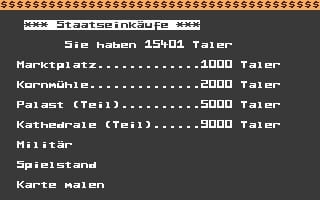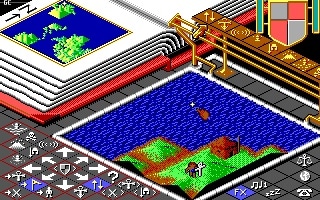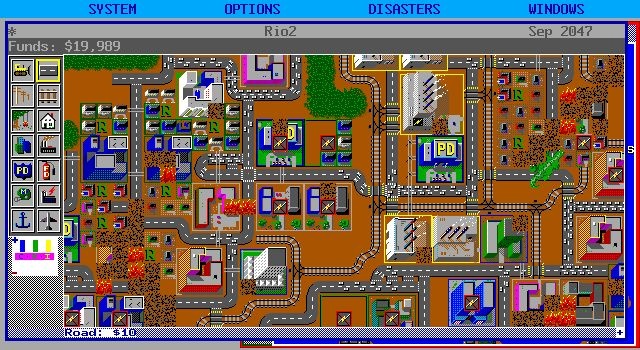The Settlers were the first building game? Or was it Sim City? Nope – the very first one is older than the moon landing! Our prelude to the big construction game report takes you to the laying of the foundation stone in the year Anno 1965.
Volker Wertich made The Settlers scurry, Will Wright built Sim City, and Mabel Addis invented The Sumerian Game. Mabel who? Sumerian what? That”s right, the New York primary school teacher and her computer game are virtually unknown today. Wrongly so! Because at the age of 52, the smart lady managed to write computer game history. Several times over.
In 1965, Mabel put her sixth-graders in the role of a ruler over the Mesopotamian city-state of Lagash. The students are supposed to produce and distribute grain in such a way that their people have enough to eat, but also enough left over for sowing. The crop yield fluctuates every year, and an advisor gives the players tips on how to determine the required quantities.
But that is only the beginning: in further rounds, resources can be invested in arts and crafts, and finally trade with other cities is added, as well as the expansion of one”s own empire. And again and again, the poor students have to deal with plagues of locusts, floods and divine tantrums.
Slide show with tape recorder
Mabel Addis and IBM programmer William McKay do multiple set-up work with The Sumerian Game. For Mabel creates the first economic simulation on a computer and at the same time becomes the first computer game author and designer. To get the students in the mood for her game, she writes a 20-minute introduction. She also writes a lot of background information that is read out during a game. Well, we would like to show you some screenshots, but … there was no screen at all.
The Sumerian Game runs on an IBM 1052 terminal, and the text input and output is transferred to the integrated printer. So instead of a screen, there are metres of paper printouts. But that is too dry for Mabel, so she combines her game with an automated slide show. Text, music and sounds from a cassette recorder accompany these interludes. So, quite incidentally, The Sumerian Game also becomes the first multimedia game in history – long before the term multimedia even existed.
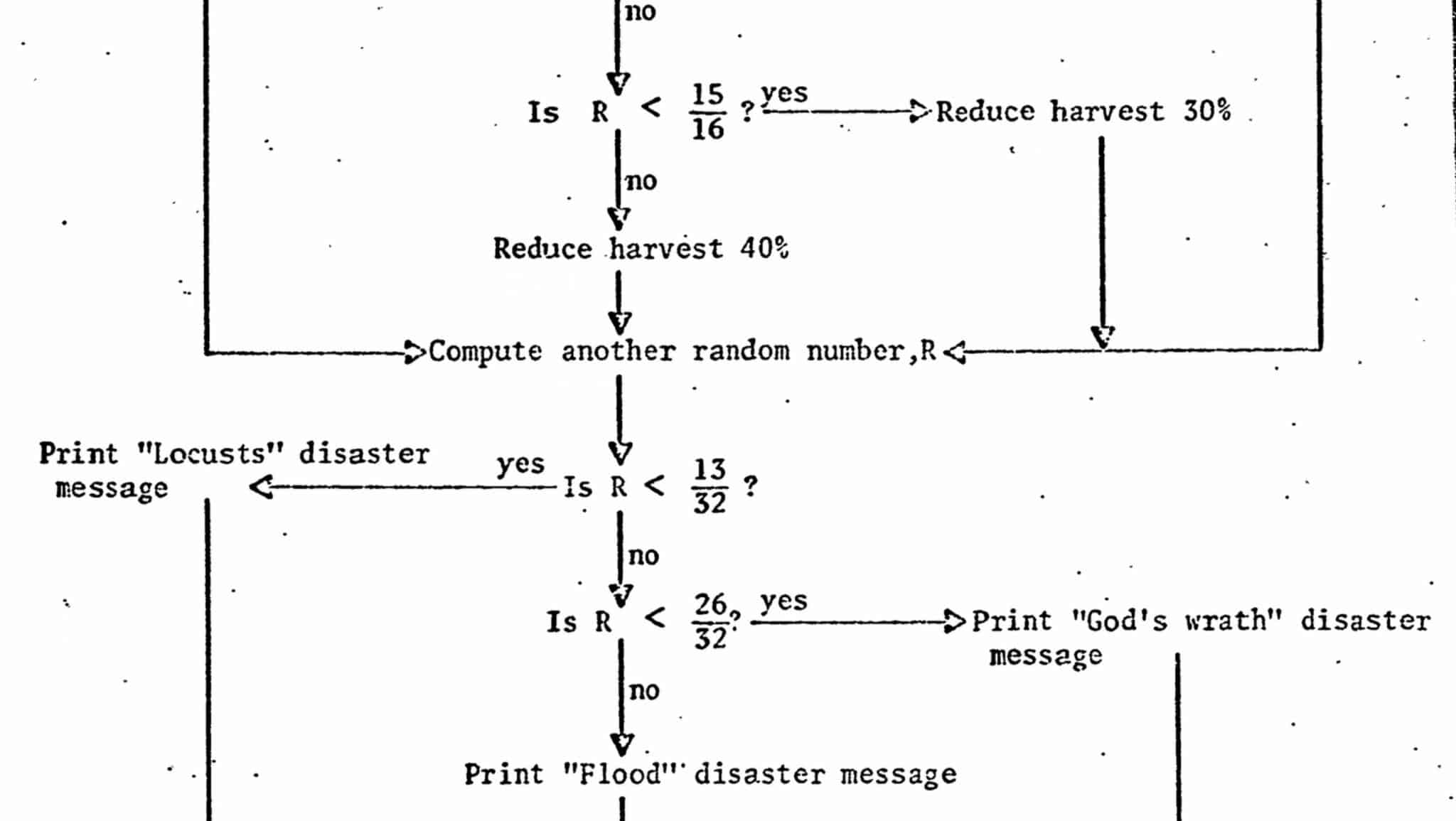
Building work
From 1965 to 1967, Mabel Addis and William McKay continue to refine their Sumerian Game and it is used in other schools. But without slides and cassettes, because the set-up is simply too complicated. In 1968, software developer Doug Dyment heard about the game at a lecture and reprogrammed it in an extremely stripped-down version under the name King of Sumeria – as a demo for the new programming language Focal. Games were already very popular at the time as a way of convincing decision-makers with little affinity for technology to buy a computer. Teachers in particular are impressed by the “educational software”, while universities have long been busy playing games.

However, the new programming language Basic overtakes its competitor Focal in the right lane, and Focal software is suddenly out. In 1973, programmer and author David H. Ahl publishes a book called “101 Basic Computer Games”. In it is the game Hmrabi, which is based on the Focal programme King of Sumeria, but brings in more linguistic wit (“your people would love to see you assassinated, but we all have our trivial problems”).
And interestingly enough, in the game the ruler is not called Hamurabi, but the advisor. But regardless of whether one writes Hmrabi or Hamurabi or Hamurapi, or whether one means the ruler or the advisor: the game Hamurabi becomes a self-runner and appears again and again over the decades and hardware platforms, among others on programmable calculators from Texas Instruments, on the Commodore 64, as a browser game and on the iPhone.

From text to … image?
Apart from Mabel Addis” slide show, these first attempts at walking are still stone-cold sober. This slowly changes when games like Kaiser (1984) or Hanse (1986) add more graphics. Sure, their gameplay is still miles away from today”s Anno 1800. But still, they already contain elements like building construction, production, land expansion and trade that are highly interdependent. Alongside these economy-focused classics are building game variants such as city-building simulations and god games, most notably SimCity and Populous (both 1989).
We can also count traffic and theme park simulations among the construction games, such as Sid Meier”s Railroad Tycoon from 1990 or Peter Molyneux”s Theme Park from 1994. For to this day, the term construction game as a strategy subgenre is somewhat blurred because many strategy titles mix elements such as management, simulation and combat.
Lost but not forgotten
But back to the roots: What actually happened to The Sumerian Game and its inventor? Unfortunately, the ravages of time have taken their toll here. The source code and printouts of game phases two and three have disappeared. Only a few slides and printouts of the first phase still exist and are archived in a museum in Rochester, New York. Which reminds us a lot of the fate of the Holy Grail in Raiders of the Lost Ark.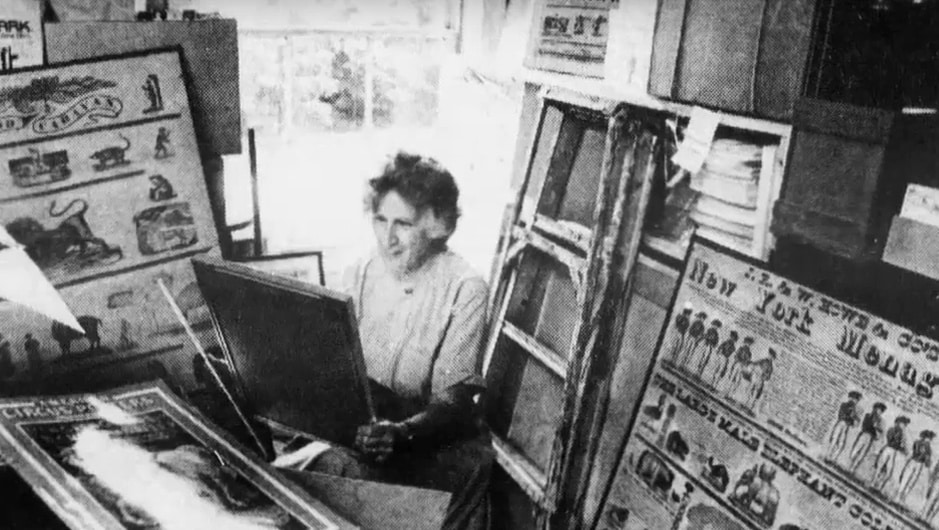
Teacher Mabel Addis remained loyal to her New York primary schools until her retirement in 1976. As a retiree, she travelled extensively, became president of the Somers Historical Society and married a second time at age 79. She passed away in 2004 at the proud age of 92, and perhaps this retrospective will help ensure that her work in building up one of the coolest genres remains unforgotten. Thank you, Mabel!


